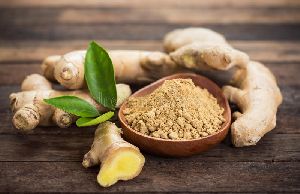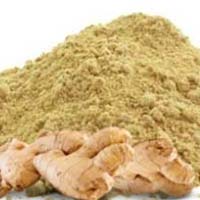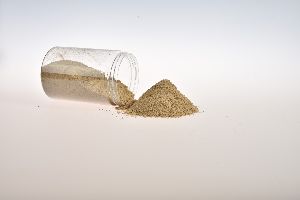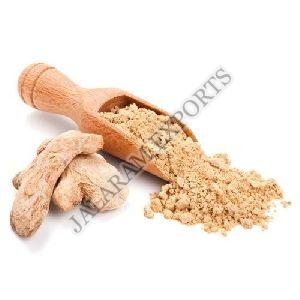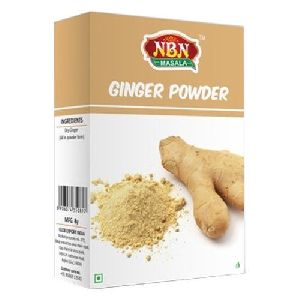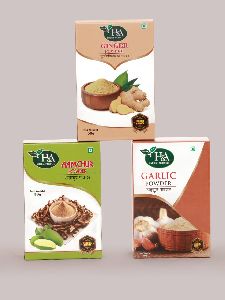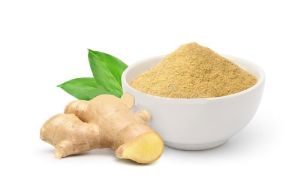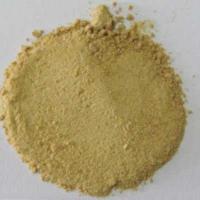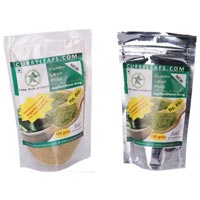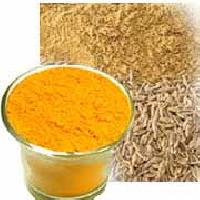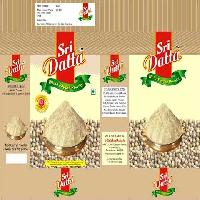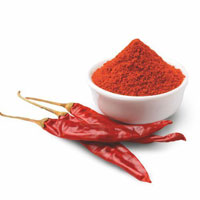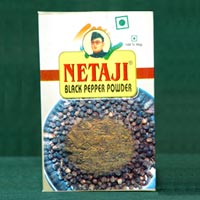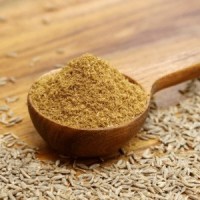Listing ID #3804565
Company Information
Ask for more detail from the seller
Contact SupplierGinger, or zingiber officinale, is a perennial plant having thick branching aromatic rhizomes and leafy reedlike stems. For centuries, ginger has been widely used as a spice throughout the world, especially in Asian countries. A native to China and India, this plant is widely cultivated in Southeast Asia, West Africa, and the Caribbean. It needs a minimum annual rainfall of 150cm, temperatures of 30°C or over, a short dry season and a deep fertile soil. Known for its slightly biting and hot flavour, this spice is widely used in preparing gingerbread, ginger ale, gingersnaps and Asian dishes. It adds delicacy to the dish by its rich, sweet, warm and woody aroma.Ginger paste in combination with garlic and onion is widely used in preparing almost every meat dish by the Indians and the Pakistanis. It is also used as a flavouring agent to add more warmth in tea. It takes its name from the Sanskrit word stringa-vera, which means “with a body like a horn”, as in antlers.
The pungency in ginger is due to the presence of a volatile oil. The dried rhizome contains approximately 1—3% volatile oil which is the source of ginger’s characteristic aroma; an oleoresin contains the pungent properties.
Historical Importance of Ginger
Ginger has been used as a medicine since innumerable. Especially in the Chinese Medicinal System, it possess greater importance and ginger is mentioned in the writings of Confucius. The name of ginger is also quoted in the Koran, the sacred book of the Muslims,
|
indicating it was known in Arab countries as far back as 650 A.D. The Hindu epic Mahabharata written around the 4th century B.C. describes a meal where meat is stewed with ginger and other spices. It was also an important plant in the traditional Indian medicine system–Ayurveda.It was one of the earliest spices known in Western Europe, used since the ninth century. Ginger was one of the important trading items and was exported from India to the Roman empire 2000 years ago where it was valued more for its medicinal properties than as an ingredient in cookery. Together with black pepper, ginger was one of the most commonly traded spices during the 13th and 14th centuries. In Europe, it as so popular that it was included in every table setting, like salt and pepper.
|
|||
|
|
Culinary Uses Pickled ginger is a delicious accompaniment to satays and a colourful garnish to many Chinese dishes. In the West, the dried ginger is mainly used in preparing confectionery items like biscuits and cakes. It is also used in puddings, jams, preserves and in some drinks like ginger , ginger and tea. |
|
|
In Myanmar, ginger is used in a salad dish called ‘Gyin-Tho’, which consists of shredded ginger preserved in oil, and a variety of nuts and seeds. In traditional Korean Kimchi, ginger is minced finely and added into the ingredients of the spicy paste just before the fermenting process.
|
|
| Medicinal Properties Besides being used as a spice, ginger also contains natural healing properties. It has long been ascribed aphrodisiac powers, taken either internally or externally. It is highly effective in treating nausea, motion sickness, morning sickness and general stomach upset. Its anti-inflammatory properties help relieve pain and reduce inflammation associated with arthritis, rheumatism and muscle spasms.Ginger root consists of gingerols, zingibain, bisabolenel, oleoresins, starch, essential oil (zingiberene, zingiberole, camphene, cineol, borneol), mucilage, and protein. It contains many therapeutic properties and is highly effective in stimulating the blood circulation, removing toxins from the body, cleansing the bowels and kidneys, and nourishing the skin. Other uses for Ginger Root include the treatment of asthma, bronchitis and other respiratory problems by loosening and expelling phlegm from the lungs. This aromatic spice is also mentioned in the Karma Sutra, and in the Melanesian Islands of the South Pacific it is employed ‘to gain the affection of a woman’. Ginger is on the FDA’s ‘generally recognized as safe’ list, though it does interact with some medications, including warfarin. Some studies show ginger may also help prevent certain forms of cancer. Other Facts related to Ginger
|
|


